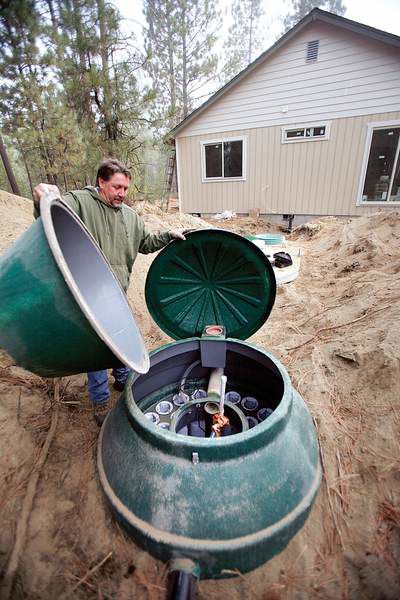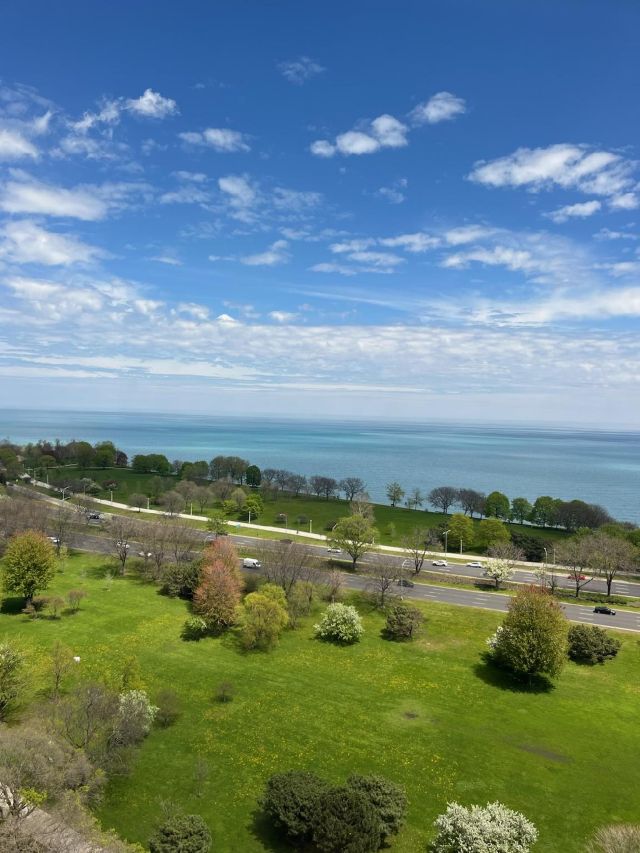New rule alters septic landscape
Published 5:00 am Monday, October 20, 2008

- Robert McDaniel, of Cascade Septic, pulls the lid off a nitrate-reducing septic system, which he was installing last week at Donald and Cecilia Barnes’ home north of La Pine. The main difference from a conventional system is that a wastewater treatment pod is installed between the septic tank and the drainfield.
Four months after the Deschutes County Commission took the first step to tighten restrictions on south county septic systems, residents have installed nearly 40 of the nitrate-reducing systems now required for some homes.
“We’re doing a new building, so we thought we’d go ahead and do a total upgrade, partly because of the water here,” said Cecilia Barnes, who, with her husband, Donald, owns property north of La Pine.
“We want to make sure it stays safe,” Cecilia Barnes said. “Because we’re in a new building, I think (we) had to do it.”
The nitrate-reducing systems must be installed in all new homes in the south county, under an ordinance that the County Commission gave preliminary approval to in June. Under that ordinance, septic systems that fail also must be replaced with the cleaner systems.
The County Commission also adopted a broader ordinance known as the “local rule” in July, to require nitrate-reducing septic systems or other measures such as sewers or composting toilets for south county homes by 2022 to prevent nitrate pollution. That ordinance goes into effect Thursday.
The Barneses are typical of many homeowners who have permits for nitrate-reducing septic systems, because although theirs qualifies as a “retrofit” — a mobile home on their property had a conventional septic system — they installed the new septic system for a new home. Robert McDaniel, who operates La Pine-based Cascade Septic, installed the Barneses’ Multi-Flo septic system on Tuesday and said it was the fifth such system he has worked on.
“The majority of them were for new homes, and a couple of them had existing systems,” McDaniel said. “And one of them was a repair, it was upgrading to the new system.”
The Multi-Flo system costs about $11,800, which includes maintenance service, McDaniel said. The main difference from a conventional system is that a wastewater treatment pod is installed between the septic tank and the drainfield.
McDaniel began training to install the nitrate-reducing systems two years ago, but he has worked on septic systems since childhood and is the third generation of his family to do so.
“I’ve seen the systems drastically change over the years since then,” McDaniel said.
Todd Cleveland, an environmental health specialist for the county, said 20 sites have permits for “retrofits,” meaning the nitrate-reducing systems were installed on property where there was previously a conventional system. Another 17 permits for the cleaner systems were issued for new homes, built on lots without an existing system.
“It’s been the repairs that have been the most difficult,” Cleveland said, referring to conventional septic systems that failed and had to be replaced with the nitrate-reducing ones. “Most people understand it’s just what they have to do. Nobody’s happy about spending $10,000.”
Cleveland said he is concerned that some residents are living with broken septic systems because they do not want to replace them with the nitrate-reducing ones. “Those are a little trickier, and I fear there might be some failing systems out there that people aren’t coming in to fix.”
The Oregon Department of Environmental Quality wrote a letter to the county earlier this year, saying nitrates will eventually pose a public health hazard if nothing is done.
Financial assistance may be available from NeighborImpact, a local nonprofit that helps low-income people in Central Oregon, Cleveland said. A year ago, the group helped one homeowner to install a conventional septic system.
Homeowners who retrofit their septic systems can sell pollution reduction credits to the county or to developers, who can then use them to build homes in the Newberry Neighborhood west of U.S. Highway 97 in La Pine. Tom Anderson, director of the county Community Development Department, said Elk Horn Land Development, Inc., an affiliate of Pahlisch Homes that was buying the credits, had paid $3,750 apiece but recently sent a letter to the county stating it was suspending purchases because construction in the neighborhood had halted.
There is no set price that developers must pay for the credits, but the county could pay $7,500 for them and sell them back to developers later, under the county code, Anderson said. He plans to discuss that idea with a financial assistance advisory group of south county residents, but it would also need approval from the County Commission.
“We will definitely keep a record of those that have earned a credit,” Anderson said.






